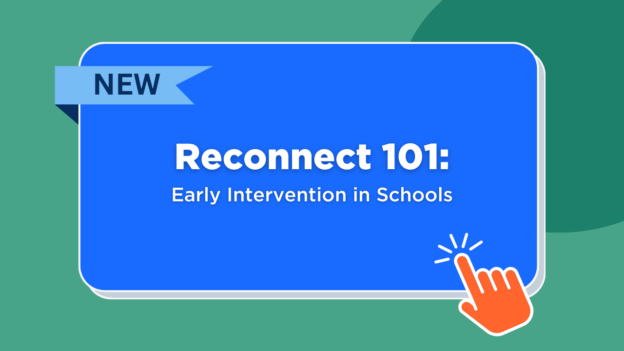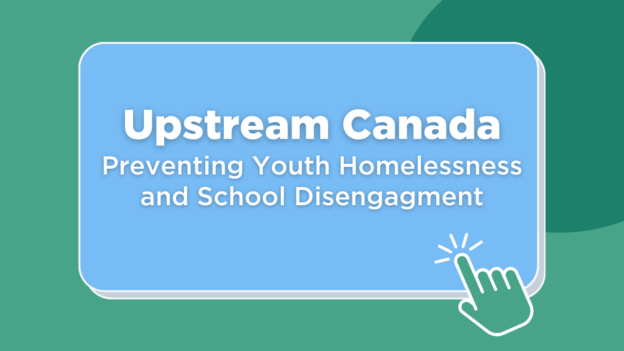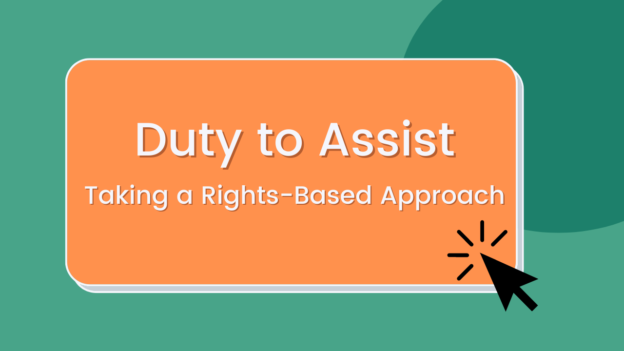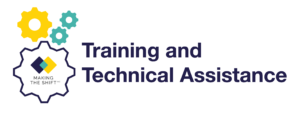Youth Homelessness Prevention Toolkit
The Youth Homelessness Prevention Toolkit helps Community Entities take practical steps to prevent youth homelessness. It includes resources to guide funding decisions, engage Community Advisory Boards, and shift services upstream as part of a broader community response to homelessness.
What’s Inside:
The Case for Youth Homelessness Prevention
Causes of Youth Homelessness
Why Prevention Works—and What It Looks Like
Community Systems Planning
Evidence-Based Solutions
Program Guides and TrainingTraining and Technical Assistance
The Case for Youth Homelessness Prevention in Canada
- Youth (ages 13–24) make up 20% of Canada’s homeless population.
- At least 35,000 youth experience homelessness each year.
- 40% of homeless youth had their first experience of homelessness before the age of 16.
- 44% of all people experiencing homelessness had their first experience before the age of 25.
- Indigenous youth (30.6%), 2SLGBTQ+ youth (29.5%), and racialized youth (28.6%) are overrepresented.
The cost of supporting someone during homelessness is significantly higher than preventing it. Early intervention reduces long-term harm for individuals and eases pressure on public systems.

Access the Factsheet
Causes of Youth Homelessness
- Family breakdown, conflict or abuse
- Aging out of child welfare
- Discharge from public systems like a prison or hospital
- Colonialism, racism, sexism, and trans/homophobia
- Poverty and precarious housing
- School disengagement
Findings from the Without A Home study show youth who leave home at an early age are more likely to experience multiple episodes of homelessness or become chronically homeless, along with a range of other serious consequences.
Addressing these factors requires comprehensive strategies that encompass prevention, intervention, and support services tailored to the unique needs of homeless youth.
“Youth homelessness” refers to the situation and experience of young people between the ages of 13 and 24 who are living independently of parents and/or caregivers, but do not have the means or ability to acquire a stable, safe or consistent residence.
Homelessness prevention means taking action before a young person becomes homeless.
It includes primary prevention to stop homelessness before it starts, secondary prevention to intervene early during first experiences and ensure they don’t transition to chronic homelessness, and tertiary prevention to support stable exits and prevent returns.
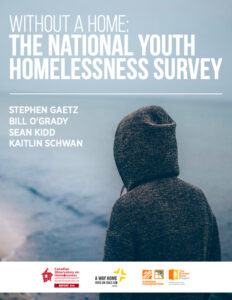
Visit the Homeless Hub to learn more

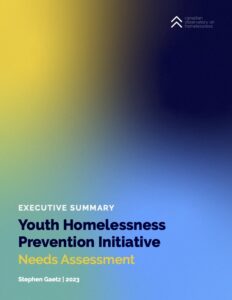
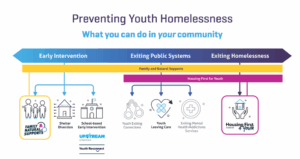 Access the infographic
Access the infographic